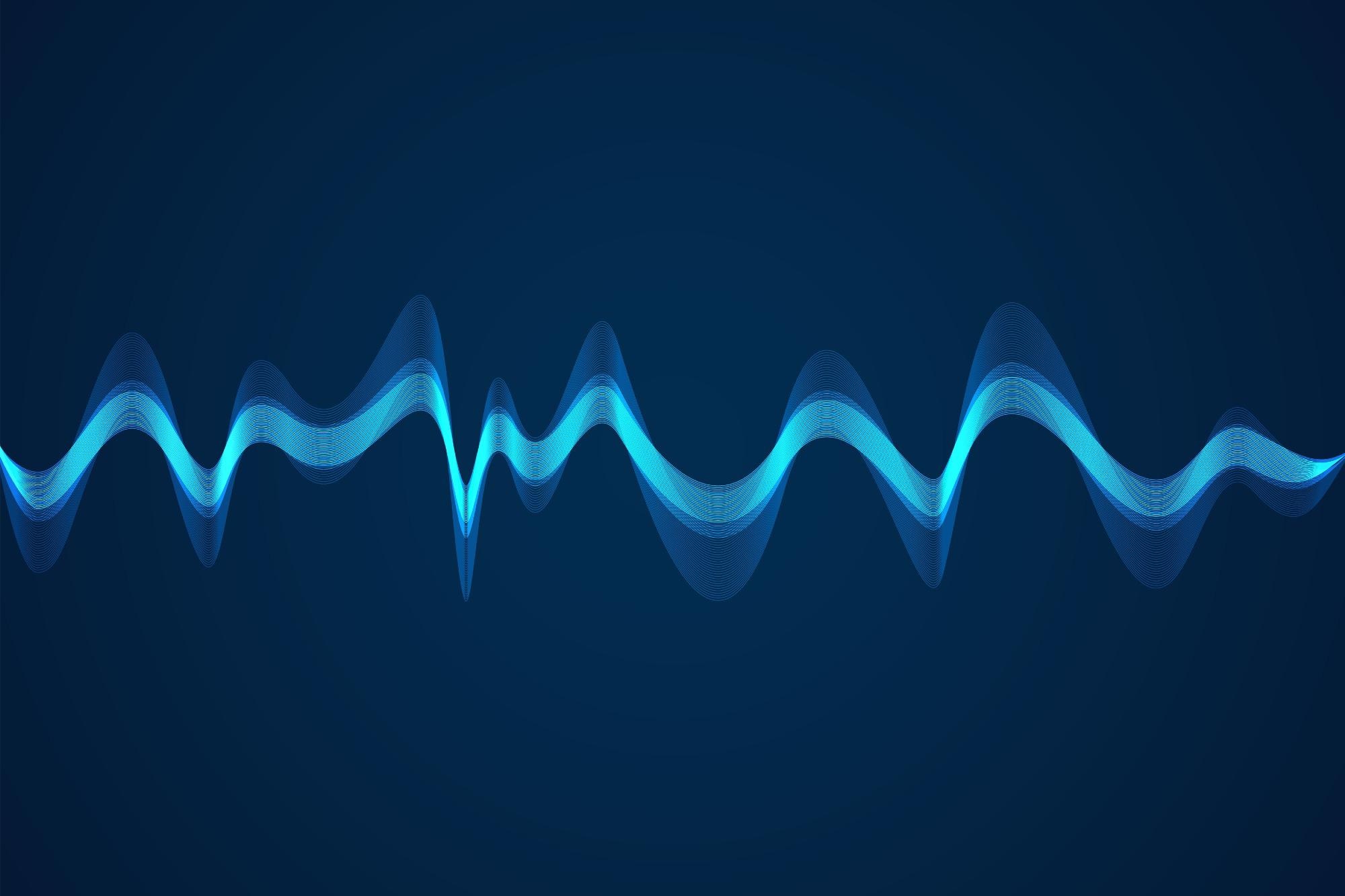The novel study in the Small-Science Journal focuses on the latest techniques in the development of electromagnetic wave absorbing and shielding (EMAS) materials to reduce electromagnetic wave power density.

Study: A Novel Strategy in Electromagnetic Wave Absorbing and Shielding Materials Design: Multi-Responsive Field Effect. Image Credit: natrot/Shutterstock.com
Electromagnetic (EM) devices have found widespread application in telecommunication, electrical engineering technology, and biomedical applications. However, the simplicity of an EM gadget is accompanied by transmission interference and contamination. These unique innovations hold the key to resolving all of these issues.
Electromagnetic Wave Absorbing and Shielding
These materials have been demonstrated to be the study focus of electromagnetic (EM) interference sheltering with the fast growth of 5G technology. Each electromagnetic field's energy band spectrum has a specialized purpose in the transmission industry, microelectronics, or data transfer.
Conventional EMAS components include resistive absorbers, dielectric absorbers, electromagnetic moderate absorbers, and mono-material hybrids. EMAS substances may absorb incoming electromagnetic signals and convert the energy of advancing electromagnetic fields into heat forms and other forms of energy, or they can deflect incoming signals and diminish the sent pulses.
The EM wave absorbers prioritize low pulse stream intensity, which implies it must collect as many incident electromagnetic signals as feasible. Sheltering substances focus on the heterology signals emitter and recipient, which implies that a layer or sheet coupled with protecting characteristics might have a high reflectivity when compared to absorption substances.
Temperature Field Theory of EMAS
The field is a quantitative projection of one field to another vector or integer. The temperature field is a relevant scalar domain in this situation. It is suggested to ensure that EMAS components are relevant to changeable temperature situations. While EMAS components are in use, EM wave energy is usually converted into heat energy, therefore heat conductance or heat insulation are required to reduce heat and keep electronic equipment in excellent operational order.
In hot situations, a massive proportion of EMAS sensors or coverings are utilized; in this case, heat shielding is just as important as thermal conduction in an outdoor temperature environment.
EMAS substances, in principle, can exhibit thermal management capacity in two different ways after being deployed in the outdoor temperature domain. Heat conduction is one efficient approach.
Light Field
A developed translucent or light field-responsive EMAS substance is urgently required with the emergence of translucent electrical devices such as translucent broadcast, EM photonic glass, photocatalytic film, and transparency display. To create a translucent EMAS composite, translucent polymers and excellent conductors are used to provide good EMAS properties with minimal filling ratios.
Space-Time Field in EMAS
The time field is a geological term that first described the propagation of seismic waves in the medium region. The space-time field is used to identify EMAS substances that have structured memory or self-healing capabilities that are changeable in time and space.
Further Reading: An Introduction To Terahertz Technology For Non-Destructive Testing in the Electromagnetic Spectrum
These two are extensively utilized airplane innovations for successfully reducing operating and maintenance costs. EMAS substances are commonly employed as surface coatings on airplanes, resulting in attrition by an external influence.
The shape memory technique is a phenomenon in which a substance is completely returned to its initial structure before distortion when heated to a specified temperature; in other words, it may remember the structure of the parent phase. Sheets, elastomers, and paper are examples of EMAS substances exhibiting shape memory properties.
When a self-healing substance sustains an exterior injury, it may mend spontaneously. It efficiently reduces the cost of maintenance and overhaul equipment and is thus frequently employed in the industrial arena. Because of its self-healing capabilities, EMAS material is an emerging topic that combines chemistry, nanotechnology, and materials science.
Electrical, Wind, and Flow Field
EMAS substances can be good conductors of electricity or be dielectrically active, and both will be impacted by externally applied electromagnetic fields. The wind field is a phrase used by impact analysis expert professionals to describe the precise determination of wind speed.
EMAS materials must be able to be stable in a vectorial wind environment. Abrasion-resistant materials are extremely important in the EMAS area. EMAS instruments are typically used in outdoor spaces that will be harmed by rust and erosion.
Fire damage resistivity and attrition resistance are critical for ensuring EMAS material stability in the wind field. Because EMAS instruments are typically layered on the exterior of electronic equipment, the contacts between material and atmosphere are quickly covered by dirt, resulting in reflectivity and poor absorption or sheltering.
In short, novel ways and developmental fields of EMAS materials have been thoroughly assessed, while signifying their importance in every field.
References
Anon., 2021. A Novel Strategy in Electromagnetic Wave Absorbing and Shielding Materials Design: Multi-Responsive Field Effect. Small Science Journal, 2100077, Available at: https://onlinelibrary.wiley.com/doi/10.1002/smsc.202100077
Disclaimer: The views expressed here are those of the author expressed in their private capacity and do not necessarily represent the views of AZoM.com Limited T/A AZoNetwork the owner and operator of this website. This disclaimer forms part of the Terms and conditions of use of this website.